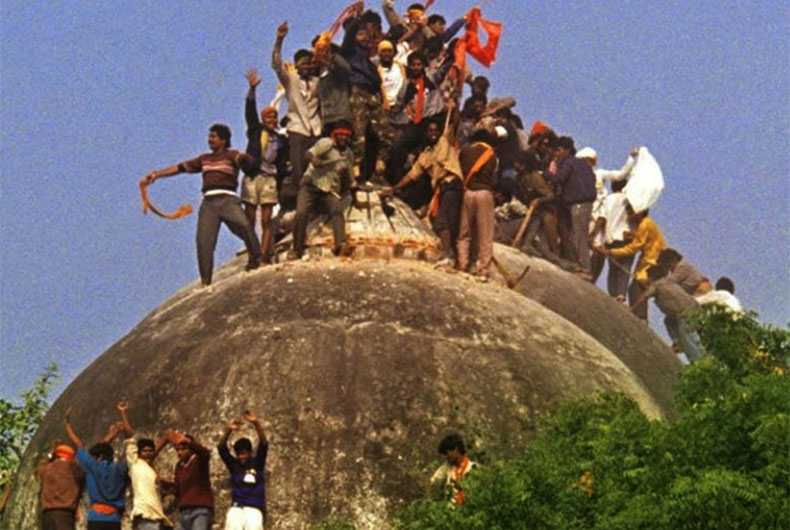
In ‘Mandal vs Kamandal’, VHP’s symbolic win with a flag atop Babri Masjid

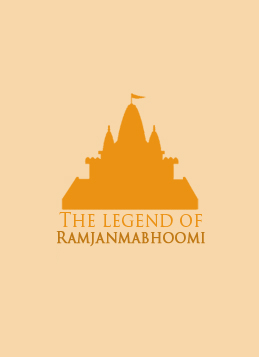
A Federal Series on the Ayodhya dispute
In part three of our series, we revisit the dramatic events that followed the VHP’s call for a march to Ayodhya.
In ‘Mandal vs Kamandal’, VHP’s symbolic win with a flag atop Babri Masjid
Uploaded 2 August, 2020

The VHP volunteers, called ‘kar sewaks’ stormed the complex and hoisted a saffron flag on the top of the mosque, scoring a symbolic victory.
At the height of the Ramjanmabhoomi-Babri Masjid agitation in Ayodhya, the then chief minister of Uttar Pradesh, Mulayam Singh Yadav, made a statement that continues to haunt him till date.
Yadav, a former wrestler and a staunch socialist, claimed he had made such a fool-proof security arrangement in Ayodhya that,“Kar sewak toh kya parinda bhi Ayodhya mein par nahi maar sakega”. Roughly translated it meant, “why talk of kar sewaks, even birds won’t be able to fly into Ayodhya”.
He was cautioning the volunteers of Vishwa Hindu Parishad (VHP), who resolved to storm the disputed complex in1990.
Yadav’s prophecy failed. The VHP volunteers, called ‘kar sewaks’ not only managed to storm the complex but also hoist a saffron flag on the top of the mosque, scoring a symbolic victory.
That incident electrified the Ramjanmabhoomi agitation and over the years changed Indian politics, shaking the very foundations of its nationhood.
***
In 1986, once the locks of the temple were opened in Ayodhya, people started trickling in to have a ‘darshan’ of Ram lalla or the infant god. The Congress regime of Prime Minister Rajiv Gandhi began tottering as his first term drew near a close in 1989. The young prime minister hemmed in by his own confidants— Arun Nehru, Arun Singh and V P Singh— began to panic. He took a pair of decisions that proved to be undoing of his prime ministership.
Gandhi tried to play a double game. On the one hand he went for appeasement of Muslim clerics by rescinding the Shah Bano verdict through an ordinance and on the other agreed for ‘shilanyas’ or a foundation-laying ceremony near the disputed site for a ‘grand Ram temple’ in Ayodhya. He thought this way he will earn the ‘goodwill’ of both the communities. But just the opposite happened.
The middle class Hindus resented the government’s volte-face on the Shah Bano verdict and saw it as appeasement of Muslims. Even some Muslims hated this new law as they saw this as surrender to fundamentalists within their community. This was a godsend opportunity for the BJP as for the first time middle-class had begun to agree with it.
Gandhi’s advisors led him to believe once the foundation for the temple was laid in Ayodhya in November 1989 he would be able to break the momentum of VHP’s movement. Further, he began his re-election campaign from Faizabad near Ayodhya and spoke of providing ‘Ram Rajya’ (an ideal government) which was again seen as an effort to steal the Hindu card. Ultimately Gandhi lost the elections as allegations that he was a beneficiary of kickbacks in the Bofors deal stuck.
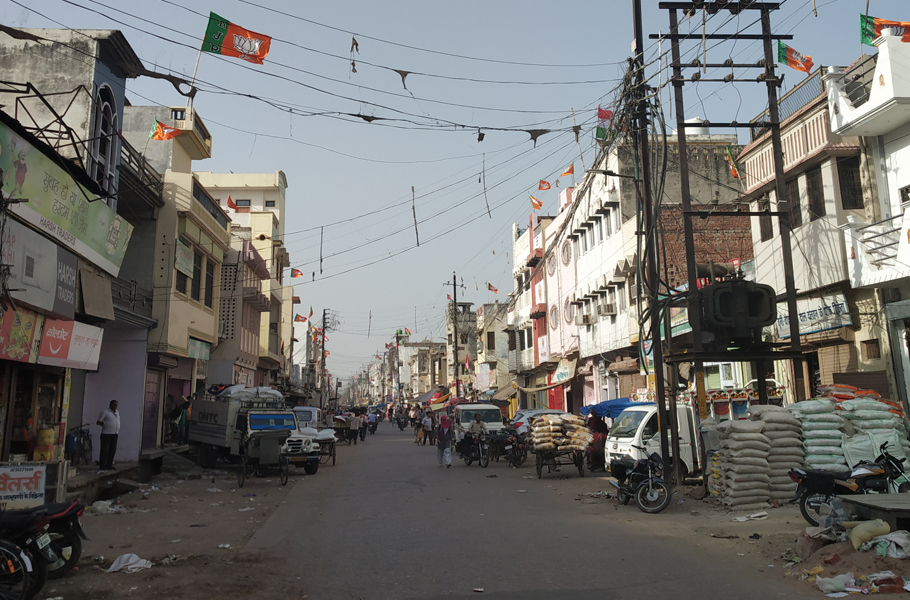
Rajiv Gandhi began his re-election campaign from Faizabad near Ayodhya and spoke of providing ‘Ram Rajya’ (an ideal government), which was again seen as an effort to steal the Hindu card.
***
Meanwhile, the VHP, a wing of the Rashtriya SwayamSevak Sangh, drew up a plan for ‘direct action’. The ‘Dharma Sansad’, an assembly of saints, VHP, RSS, and BJP leaders met at Haridwar at the end of the year and decided to march towards Ayodhya to ‘liberate’ the Ram temple. But they chose to postpone the agitation leaving some breathing space for the newly elected prime minister V P Singh, who was being backed by the BJP.
The new government that took over in December 1989 was a bundle of contractions. Singh, who had walked out as the Defence Minister from Rajiv Gandhi’s cabinet, after levelling corruption charges against him, had gathered the anti-Congress forces around him— with the Left supporting him on the one side and the BJP on the other. Besides, he had a host of social-democratic and regional parties backing him. But, there was never any bonhomie between the partners and the coalition was bound to collapse.
Singh had to do something fast to keep BJP at bay as it was stepping up the Ram movement. The Congress party had begun to show signs of revival as the Bofors investigation reached nowhere. Singh also had to neutralise the growing ambitions of his deputy Devi Lal and socialist leader Chandra Shekhar. The economy was tanking and he couldn’t do much on the Punjab front.
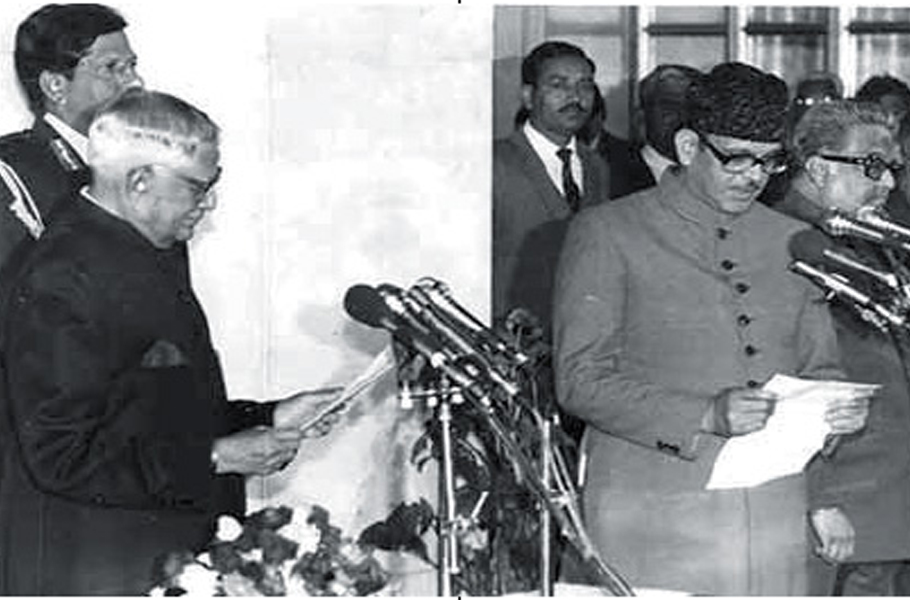
VP Singh tabled the Mandal Commission report in the Parliament providing reservations to other backward classes in government jobs.
On August 7, 1990 Singh played what was described as a ‘master stroke’ by his supporters. He tabled the Mandal Commission report in the Parliament providing reservations to other backward classes in government jobs. This set the cat among the pigeons.
The middle class that backed Singh’s anti-corruption crusade pulled away. The upper caste Hindus started despising him and he failed to build support among the intermediate castes, which benefitted from his Mandal move.
The BJP was alarmed by this move. It saw this as a “Mandal vs Kamandal” contest, where consolidation of backward or intermediate castes was perceived as a counter to BJP’s Hindutva politics. For BJP this was a red rag as for long it has been dreaming of uniting all the Hindus under one roof.
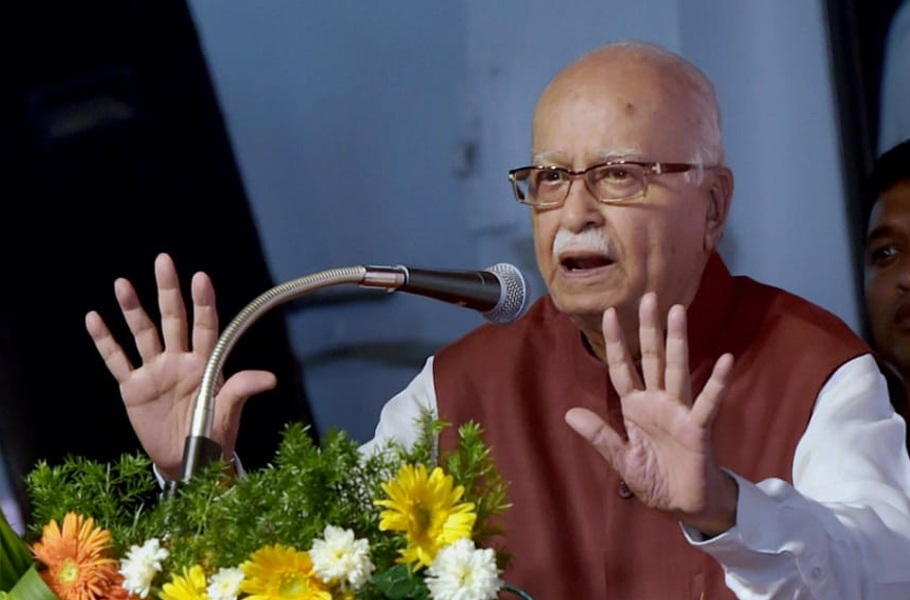
BJP leader L K Advani set off on a ‘rath yatra”, intensifying the campaign for liberating the Ram temple in Ayodhya.
So, the BJP stepped on the gas. It’s leader L K Advani set off on a ‘rath yatra”, intensifying the campaign for liberating the Ram temple in Ayodhya. On a truck modeled like a chariot, Advani started from Somnath in Gujarat, travelled through Maharashtra, Karnataka, Andhra Pradesh, Madhya Pradesh, Rajasthan, Haryana, Delhi, and reached Bihar. His next destination was Uttar Pradesh before he finally made a grand entry into Ayodhya.
At 4am on October 23, 1990 the rath yatra was stopped at Samastipur in Bihar. Chief Minister Lalu Prasad Yadav, a strong proponent of backward politics and therefore a Mandal supporter, arrested Advani preventing him from proceeding any further.
In neighbouring Uttar Pradesh, Mulayam Singh, another champion of backward politics too was preparing for Advani’s arrest. He had cordoned off Ayodhya. Trains and bus services were stopped for the temple town. The borders were sealed and heavy posse of policemen deployed. The paramilitary forces were called in to protect the disputed site. That’s when Mulayam made his famous remark that no kar sewak would be allowed entry into the city.
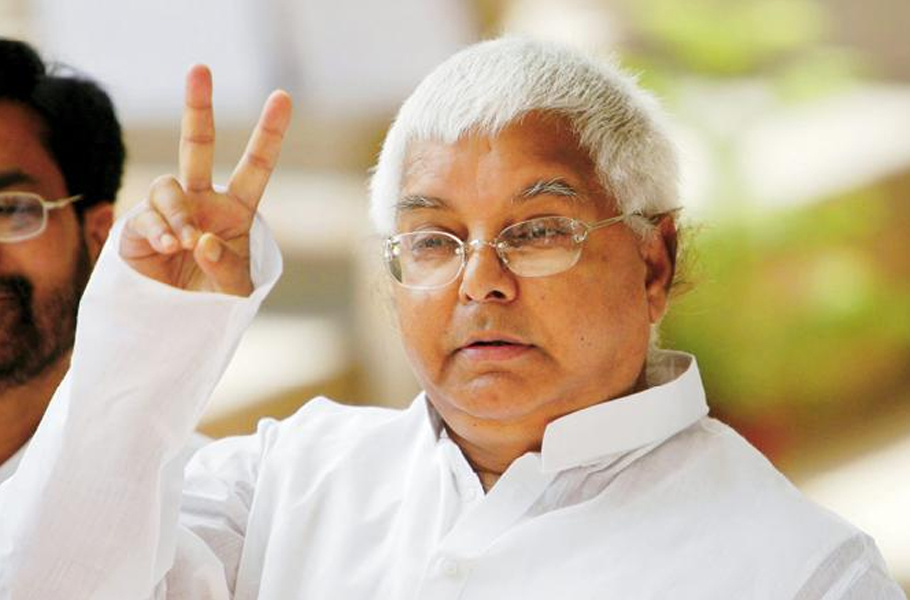
Bihar Chief Minister Lalu Prasad Yadav, a strong proponent of backward politics and therefore a Mandal supporter, arrested LK Advani, preventing him from proceeding any further with the rath yatra.
***
VHP had been meticulously planning it’s moves. On August 31, 1990 it began chiselling stones for ‘temple construction’. Next day it organised a programme where a religious ceremony was organised to light up “Ram Jyoti” by rubbing flint stones. The lamp lit by the organic fire was carried around in procession through the villages. The VHP calibrated its campaign and ensured that the Deepawali lamps that year were lit with the light from “Ram Jyoti.” It had also begun to gather ‘consecrated’ bricks from all over the country that were to be used for the construction of the temple.
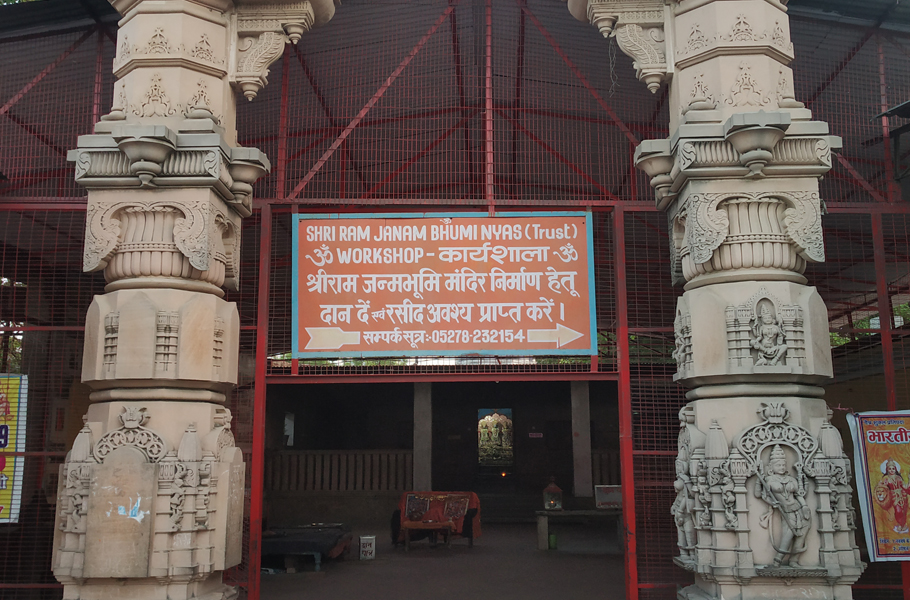
The VHP begun to gather ‘consecrated’ bricks from all over the country that were to be used for the construction of the temple.
A day after Advani’s arrest, BJP called for a “Bharat Bandh”. It had begun to mobilise kar sewaks who started walking towards Ayodhya covering hundreds of miles making it one of the largest peace time mobilization in history. The sewaks were largely volunteers of RSS-BJP-VHP. The common people devotees of Lord Rama, especially the villagers— men, women, young and old supported the volunteers as they believed they were headed for a noble cause. The volunteers got food, shelter and even protection against the searing eyes of the state police.
VHP had called for kar sewa on October 30. Ayodhya was a dead city on the eve of the scheduled event. Three decades ago when this writer went around the temple town he found every vantage point teeming with policemen. All the approaches to the complex were barricaded. By 8pm the town had gone to sleep, betraying apprehensions of any large scale mobilisation.
***
Next morning at 7am people had begun to gather in the narrow streets of the town. It was Devothhan Ekadesi day, considered auspicious as per Hindu calendar that marked the end of four month period when god Vishnu is believed to be asleep. Traditionally the devotees would take a dip in Sarayu river and perform a “panchkosi parikrama”, a 15-km walk along the periphery of the city.
The crowd chanting Ram bhajans and raising slogans such as “Saugandh Ram ki Khate hain, Mandir wahin banayenge” (we pledge to build the temple at the same spot at any cost) began to move toward the disputed complex. Many of them were volunteers who had traveled long distances on foot and had hidden themselves in the town and the surrounding villages. Their sudden appearance caught the security forces by surprise.
Sometime past 10am Ashok Singhal, the VHP general secretary, was struck by a baton on his head. Though bleeding profusely, he began he continued to march to the controversial site. Meanwhile, the police had rounded up some kar sewaks and bundled them in a waiting bus. A sadhu hijacked the bus and drove towards the temple-mosque. He rammed the bus into barricades and broke four of them one by one before reaching the ‘Janmasthan’. Many volunteers ran along the bus and all hell broke loose.
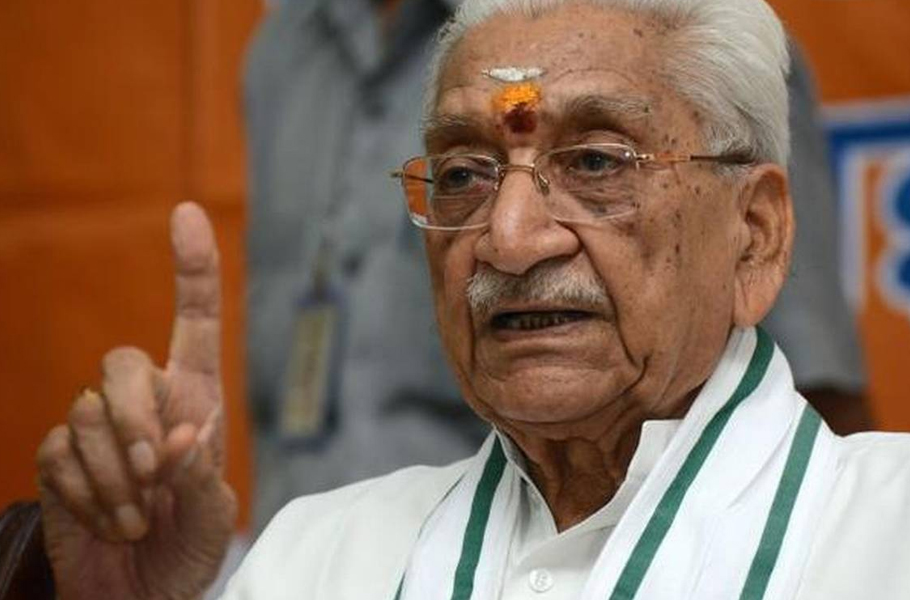
Ashok Singhal, the VHP general secretary, was struck by a baton on his head during the “panchkosi parikrama”, a 15-km walk along the periphery of the city, but continued to march to the disputed site.
The police had lost control of the situation. The volunteers shouting slogans began to climb the monument. They broke iron grills that covered the outer courtyard of the complex and some of them reached the roof. Two brothers, later identified as Ram Kumar Kothari and Shard Kumar Kothari, reached the top of the central dome and installed a saffron flag symbolising conquest. Later VHP declared that the kar sewa had begun.
The paramilitary forces and the police regrouped and opened fire after few rounds of tear gas shells. The demonstrators began to flee and some fell on the ground injured. At least six people were killed in the melee. The VHP accused the police of indiscriminate firing and unleashing a reign of terror on the demonstrators.
The VHP chose to take a 48-hour break on October 31 and November 1. Singhal called a meeting of kar sewaks and declared that “the mission to liberate the temple would continue even if that meant sacrifice of lakhs of people.”
**
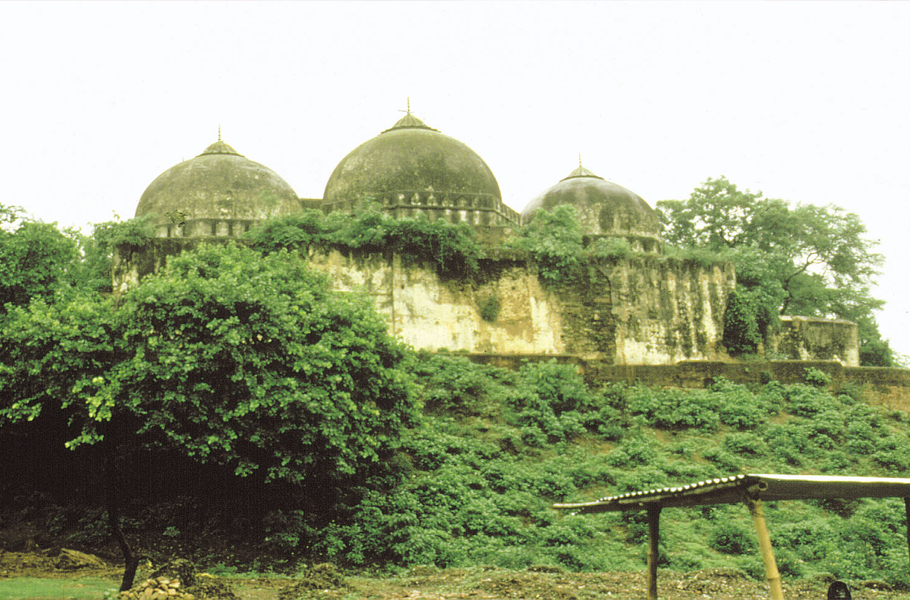
Two brothers, later identified as Ram Kumar Kothari and Shard Kumar Kothari, reached the top of the central dome and installed a saffron flag symbolising conquest.
Early morning on November 2 after taking a dip in the Sarayu river on the occasion of Karthik Poornima, a full moon day, the kar sewaks began to move towards the complex. Many were stopped on the river front itself. But several volunteers managed to inch up and reach the last mile that led to the mosque-temple complex. Emotions were running high and volunteers were shouting slogans and some singing bhajans.
The kar sewaks had adopted a new technique. They fielded elderly devotees in the front rows who would try to touch the feet of the policemen on duty. Since as per the Indian tradition elders are not supposed to touch the feet of the young, the policemen would retreat, which enabled the protesters to move forward.
Around 3pm police opened fire. Eye witnesses claimed that scores of people were killed and their bodies taken away in police trucks. The official toll was declared as 16. Among those killed were the Kothari brothers. An uncle of the Kothari brothers claimed that the two were pulled out of a house and shot in cold blood. The locals said that the police had raided local temples and captured and shot kar sewaks. Since the police suspected that the Kar Sewaks were hiding in nearby houses, they too were raided causing immense anger among the locals.
After two incidents of police opening fire there was lull in the town. The administration, however, allowed the volunteers to go in batches and prey at the temple.
The VHP claimed that several bodies of the protesters were disposed of by the police. They said some bodies were tied with sand bags and thrown into the Sarayu.
The pictures of the police assault, dead bodies of volunteers and the conquest of the dome were widely circulated by the VHP. Audio and video tapes narrating the valour and courage of the kar sewaks and those killed in the police firing were made viral. Music scores laced with bhajans eulogising the exploits of “martyrs” too were made.
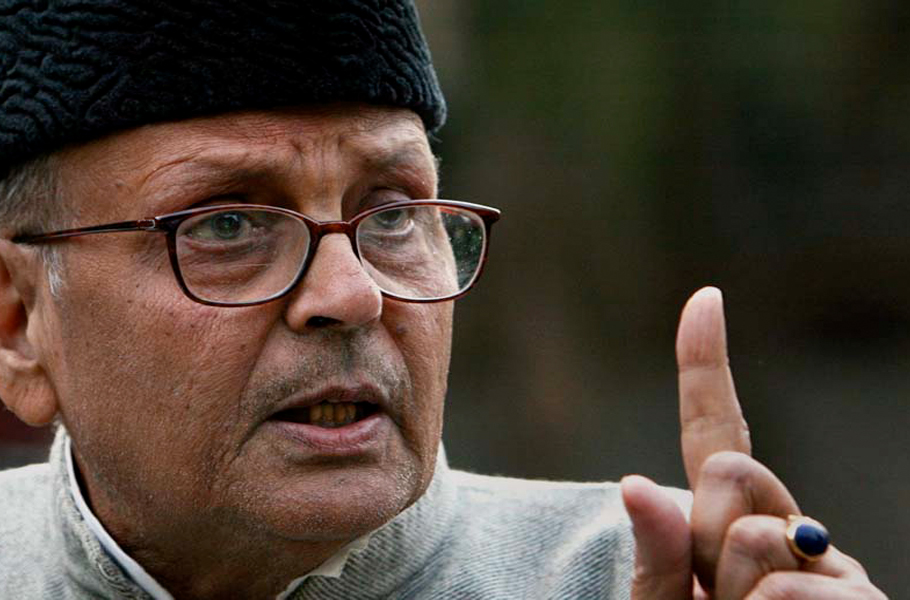
On November 7, 1990, V P Singh lost the no-confidence vote brought against him in the Lok Sabha as BJP withdrew its support.
On November 3 another nationwide Bandh was called. In Delhi BJP MPs tried to gherao the residence of prime minister V P Singh. Four days later, on November 7, 1990 V P Singh lost the no-confidence vote brought against him in the Lok Sabha as BJP withdrew its support.
A year later in mid-term elections Mulayam Singh lost Uttar Pradesh to the BJP.
Two years later the RSS-BJP-VHP combine would launch another campaign that would see the demolition of the Babri Masjid.

